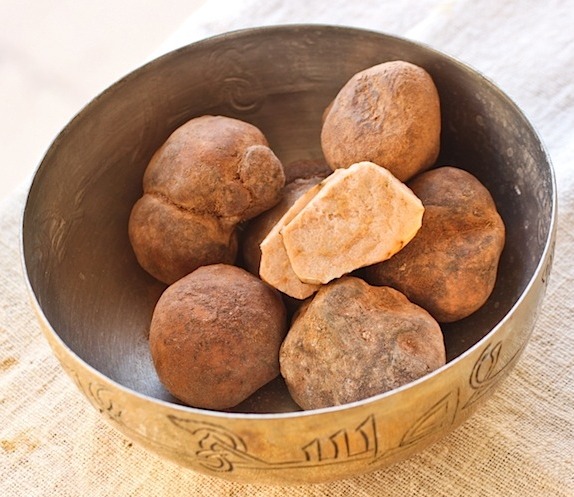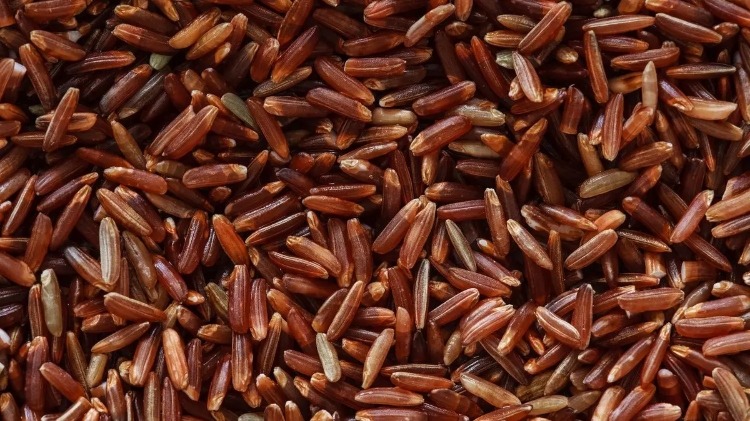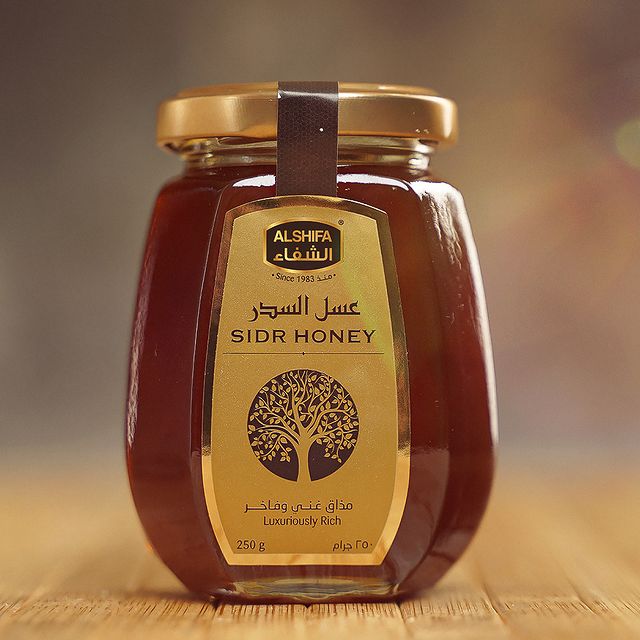Today’s fast-paced life marked by grabbing a quick shawarma after work or any packet of chips from a nearby convenience store means that people are less able to slow things down. That is why initiatives like The Slow Food Movement, which began in the 80s, are popping up with the sole aim to advocate for people to take a step back and indulge in the local and traditional food of their country. They recently diverted their attention to Saudi Arabia wherein they added 13 unique types of Saudi food to their Ark list of endangered foods.
These 13 Saudi food types were showcased at Italy’s Terra Madre Conference from September 22nd until the 26th to raise awareness about Saudi’s local cuisine. They were held at a pavilion hosted by the Culinary Arts Commission to preserve Saudi’s historical food legacy and promote their protection from extinction. Each indigenous food stems from a region within the Kingdom. Some of the food items included Al-Maghami Dates, a traditional dish made from dates, molasses and sesame seeds as well as a fruit called Al Kabath. To celebrate Saudi’s rich culinary heritage, we’ll highlight the story behind some of these Saudi food delicacies.
White Desert Truffles

Costing a whopping 84 dollars per pound, these truffles which are said to have been mistaken for rocks are not just indigenous to Saudi Arabia’s Northern desert, but can also be found in the deserts of Iraq and Kuwait. They are known by their Arabic name “Kamah” and unlike European truffles, which are known for their powerful pungent flavor, desert truffles have a more subtle taste. They come in two varieties: Terfezia which comes in shades of brown and black, and Tirmania which are usually white and have a mushroom-like texture. Every year, truffle season would begin on Jan 25 and end on March 10th during which truffle hunters would have to dig up and sift through the sand to extract the fungal plant, as they only appear after heavy rainfall, they are considered pretty rare.
Khawlani Coffee Beans
Coffee is considered an intrinsic part of Middle Eastern culture and Saudi Arabia is no exception. Their special Arabic coffee is made from Khawlani coffee beans. Nestled atop the mountains near the Saudi-Yemeni border are the trees from which this coffee is extracted. It would usually take two to three years for the tree to fully grow and produce its fruit called Karazah. Farmers and families would pick its fruit and lay it out in the sun to dry up. The dried-up beans would then be ground up in a stone mill by several women to create the special blend used by the Saudi Kingdom. These coffee beans are revered by the community to the extent that each year an entire festival is held to celebrate them.
Al Hassawi Rice

Saudi Arabia’s hassawi red rice is special not only because it’s rare, but because it also helps to reduce the pain associated with arthritis and broken bones. That is why farmers claim that it can cost up to 50 Saudi riyals per kilo. The city of Al-Ahsa in the East of Saudi Arabia is home to this rare variety of rice. Mainly populated by two million palm trees, this oasis is also used to plant red rice. The age-old trade of cultivating rice is a tradition that got passed on from the farmers’ grandparents and it is one they want to continue to pass on to their children.
Al-Qasab Salt

At Al Qasab city in Riyadh, a salt of the same name gets harvested through a process that involves evaporating seawater. To this day, traditional methods are still used. The ground would be dug up until a pond of water appeared. The pond is left for a few days to give time for the water to evaporate, leaving large deposits of salt to be extracted. Yet, now technology is also used to extract the salt. Large excavators would dig up large salt mounds so that annually, 200,000 tons of salt would get extracted and then sold all over the Kingdom in plastic packets.
Sidr Honey

Known for its medicinal properties, this type of honey comes from the Sidr tree which is grown in the Aseer region of Saudi Arabia. Not only is this honey known to treat liver disease, but it is also used to treat lung infections and stomach ulcers. Bees would travel up to the mountains to extract their nectar from the flowers that would bud out of their trees, then the honey itself would get extracted only twice a year using manual and traditional means that include simple tools and smoke. The entire process is natural, especially as no pesticides or chemicals are used to grow the Sidr tree.




